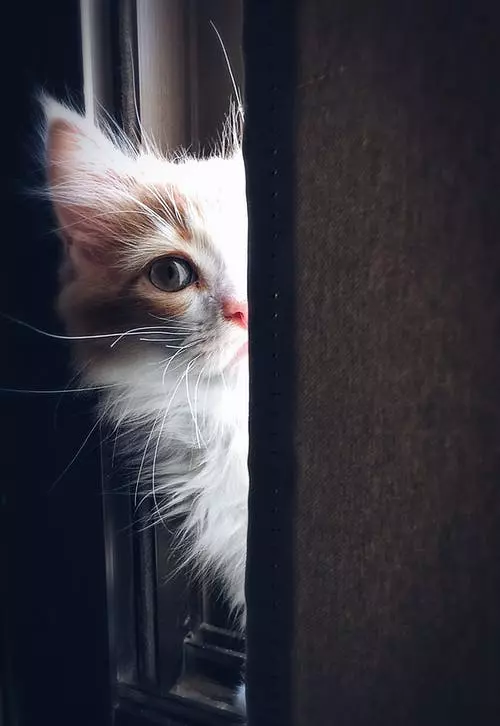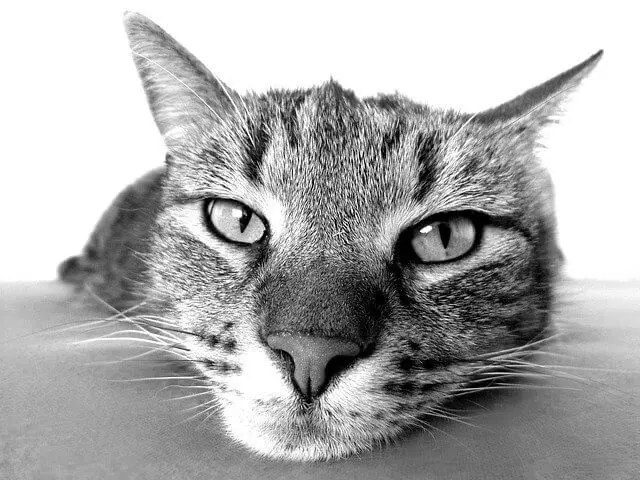Choosing the right pet door for your home is an important decision that can greatly enhance the comfort and freedom of your feline friend. With so many options available, it can be overwhelming to determine which pet door is the best fit for your cat and your home. In this guide, we will walk you through the process of selecting the perfect pet door, taking into consideration your cat’s needs and your home’s layout. We will also address some frequently asked questions to help you make an informed decision.
The first question you may ask yourself is why it is beneficial to install a pet door. There are several advantages to providing your cat with a pet door:
1. Convenience: A pet door allows your cat to access the outdoors or specific areas of your home without your constant supervision or assistance. This can be especially helpful if you have a busy schedule or are unable to let your cat in and out frequently.
2. Independence: Cats are naturally independent animals, and a pet door allows them to exercise their freedom by going in and out as they please. This can help prevent boredom and frustration, as well as promote their overall well-being.
3. Reduced accidents: By having access to the outdoors, your cat is less likely to have accidents indoors, as they can relieve themselves outside. This can be particularly helpful if you have a cat that is prone to occasional accidents or if you have multiple cats sharing a litter box.
4. Exercise and stimulation: Outdoor access encourages physical exercise and mental stimulation for your cat. They can explore their surroundings, engage in hunting behaviors, and enjoy fresh air and sunlight. This can help keep them active and content.
Now that we understand the benefits of installing a pet door, let’s explore the factors you should consider when choosing the right one for your home:
1. Size and Weight: It is important to consider your cat’s size and weight when selecting a pet door. Measure your cat’s height and width to ensure that the pet door’s dimensions are suitable for them. Additionally, take into account any potential growth your cat may experience, especially if they are still a kitten.
2. Door or Wall Mount: Decide whether you want to mount the pet door on a door or through a wall. Door-mounted pet doors are generally easier to install, while wall-mounted options provide more flexibility in terms of placement. Consider the structure of your home and choose the location that would be most convenient for your cat’s access.
3. Material and Insulation: Pet doors come in various materials, including plastic, aluminum, and even energy-efficient options. Consider the climate in your area and choose a material that provides adequate insulation to keep your home energy-efficient and comfortable.
4. Security Features: Ensure the pet door you choose has appropriate security features to prevent unwanted animals or intruders from entering your home. Look for doors with locking mechanisms or options to control access, such as electronic pet doors that respond to your cat’s collar or microchip.
5. Installation Difficulty: Evaluate your DIY skills and the complexity of the installation process. Some pet doors require professional installation, while others are relatively simple and can be done by the average homeowner. Choose a pet door that aligns with your capabilities and comfort level.
6. Cost: Consider your budget when selecting a pet door. Prices can vary significantly depending on the size, material, and additional features of the door. Set a budget range and explore options within that range to find the best value for your money.
Now, let’s address some frequently asked questions to provide further clarity on the topic:
Q1: Can I install a pet door on a glass door?
A: Yes, it is possible to install a pet door on a glass door. However, it requires professional assistance, as the glass needs to be specially cut. Look for companies that offer glass pet doors or consult with a professional glazier.
Q2: How do I train my cat to use a pet door?
A: Training your cat to use a pet door can be a gradual process. Begin by propping the door open and enticing your cat with treats or toys to walk through. Gradually lower the flap until your cat becomes comfortable using it. Patience and positive reinforcement are key during the training process.
Q3: Can other animals enter my house through the pet door?
A: Pet doors with security features, such as locking mechanisms or selective access based on your cat’s collar or microchip, can prevent other animals from entering your home. Ensure you choose a pet door with appropriate security measures to address this concern.
Q4: Can I install a pet door in a rental property?
A: Before installing a pet door in a rental property, consult with your landlord or property management to ensure it is allowed. If permitted, consider choosing a pet door that can be easily removed without causing any damage to the property.
Choosing the right pet door for your home requires careful consideration. By evaluating factors such as size, mount type, material, security features, installation difficulty, and cost, you can find a pet door that suits both your cat’s needs and your home’s layout. Remember to address any additional questions or concerns you may have with the manufacturer or a pet door professional to ensure a successful installation and a happy, independent cat.








